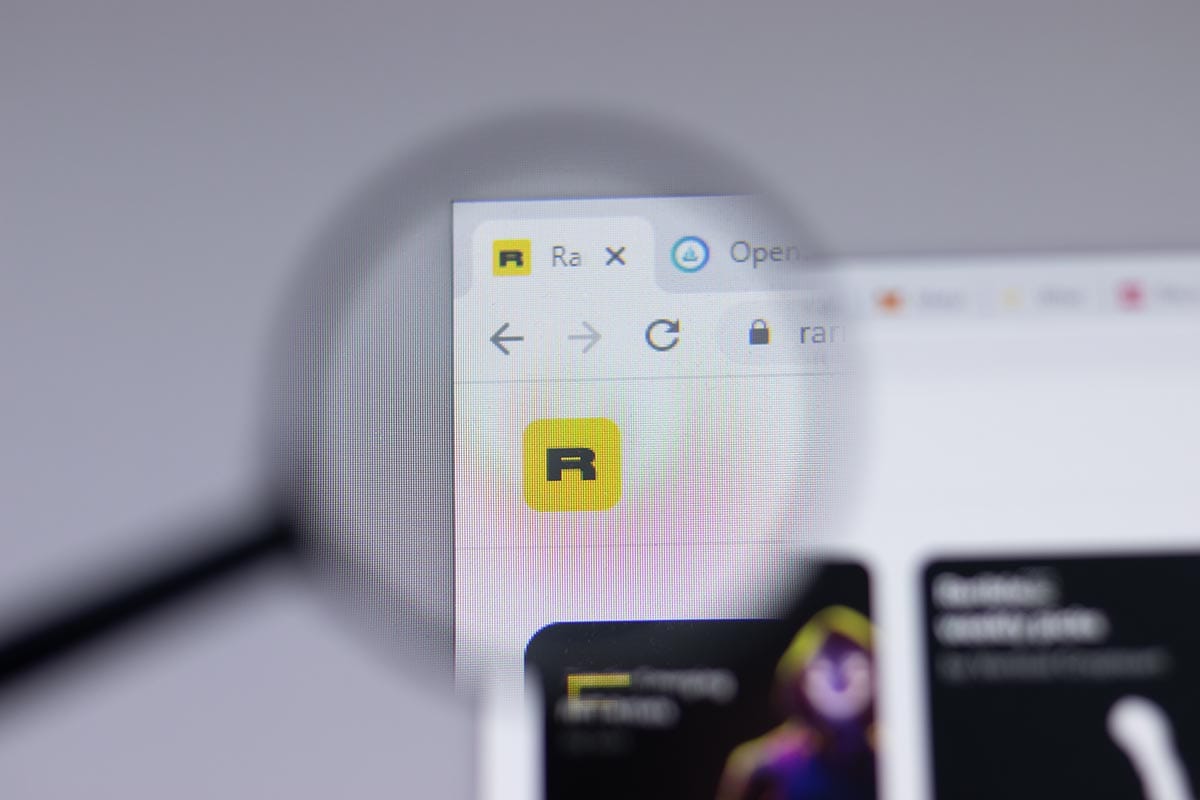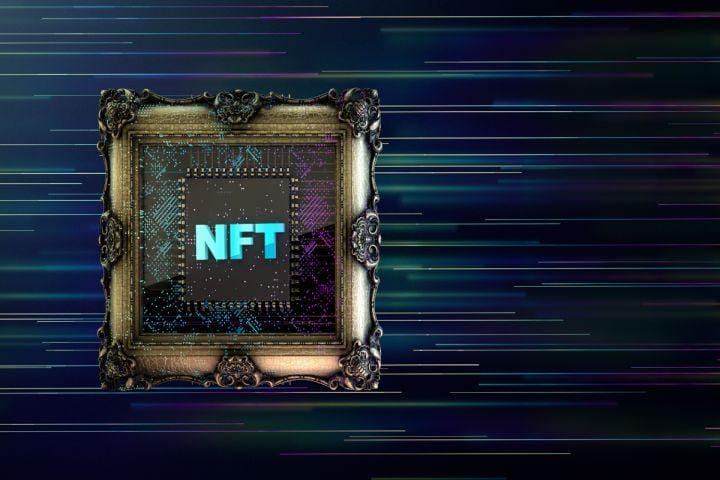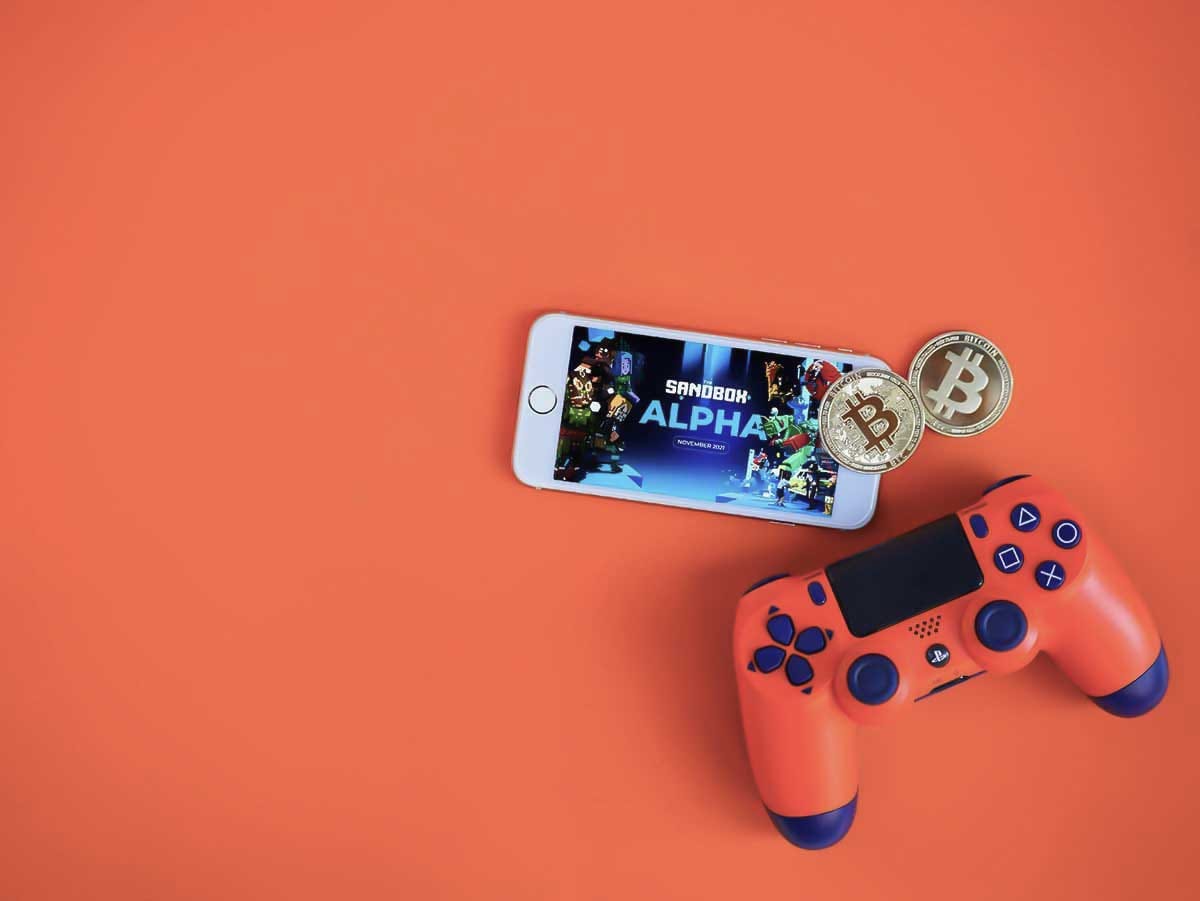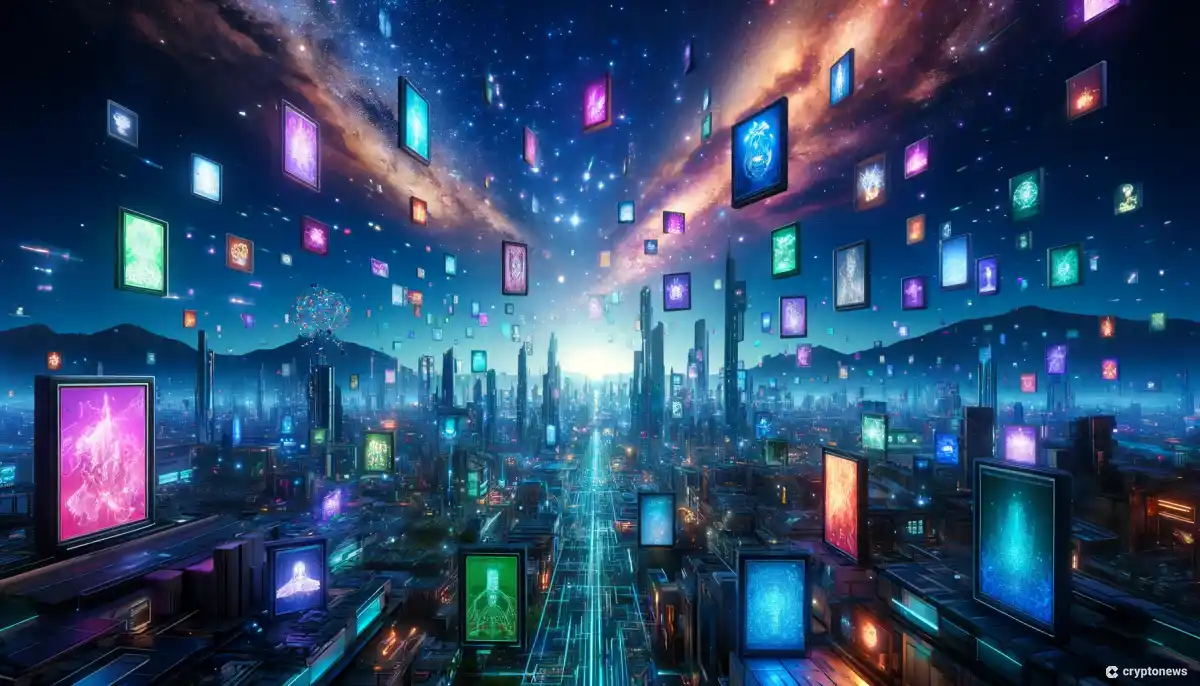How to Create an NFT?

Blockchain technology has opened doors for the future of art. For the first time, you can own digital assets in cyberspace with assurance. The tech is so strong that ownership of a physical object is arguably less secure than ownership of an NFT. NFTs, non-fungible tokens, make this possible.
These cryptographic tokens add uniqueness and scarcity that strengthens the value of a digital asset. Otherwise, JPEGs hosted on any web platform are effortlessly reproducible and, hence, not as valuable. With blockchain, you only need one computer running with the digital ledger to ensure ownership of digital assets like artworks, limited edition cards, music, virtual reality items, digital land, and the list goes on.
Even with how new the technology is, artists and celebrities like Beeple, Gronkowski, and 3Lau have generated fortunes. As Bitcoin surges and as blockchain technology enters the mainstream lexicon, the hype train doesn’t look to be stopping any time soon.
Brief NFT Marketplace Overview
With NFTs, artists now have access to cutting-edge marketplaces that are evolving every day. As this article will show, you can easily create a gallery of your own NFT art with just a little know-how. Seeing the activity and passion of the crypto community when it comes to digital assets, it’s tempting to believe that you’re only a GIF away from rags to riches story.
To save yourself some heartbreak, you should be aware that artists who are successful usually have a sizable social media following. These artists then use that social media as leverage in conjunction with NFT marketplaces. This creates high value for their art.
But this shouldn’t discourage an average dabbler from participating. Even if you don’t have a following, NFT marketplaces are a great avenue for anyone learning how to mint / create and sell their art, music, or video clips. You’ll also be involved in what may very well be an art revolution.
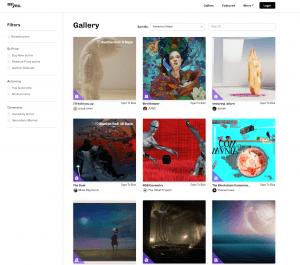
If you’re a newbie raring to make an NFT after laughing your sides off to the latest SNL skit, this article will give you a headstart on your journey. It’s likely that blockchain will become a mainstay of everyday life.
Blockchain technology has been adopted by traditional financial institutions like BNY Mellon and Visa and beginning to penetrate sports and popular culture. If you put up a gallery of your own using a new art technology, you are potentially creating a historical artifact in art history.
Whether you’re an old-school classical painter or a master of futuristic mixed media, learning about NFTs will widen the ways in which you engage with art as a whole. Who knows. You may find yourself rejoicing that you made a few hundred dollars on a piece of digital art.
Self-Minting Collections vs. Submitting Collections to be Minted
This is similar to using your own social media handles to generate craze for your art vs. submitting your art to a professional establishment to be chosen and minted. In marketplaces like Mintable, Rarible, and Opensea, you mint your collection to sell however you please.
With Nifty Gateway, Superrare, and other curated marketplaces, you apply and see if you’re chosen to put up a collection. Neither option is superior to the other if you’re merely looking to sell. You can put up any kind of art that you want and just start selling in open market places.
Even NFTs on uncurated marketplaces have dropped eye-popping sales numbers. Celebrities like Mark Cuban have put up NFTs on Rarible. In the eyes of other artists, you may gain some respect in the digital art community if your work is accepted to a pickier NFT marketplace. They’re selective, like museum curators, and are keener to accept certain styles they’re looking to bring to their network. If you see that your artistic vision aligns with theirs or just want to test the waters, you can apply to mint your NFTs this way.

Step-by-Step: How to Mint / Create an NFT Artwork
Being the first decentralized platform for NFTs in January 2018, it’s fitting to use OpenSea as the primary example in the creation of NFT artworks. You can create NFTs on other websites like Rarible and Mintable using this guide as a general base.
OpenSea underwent changes by the end of 2020 that allows you to create your own NFT art on the platform. With the old OpenSea, you had to mint your NFTs elsewhere, and your collection was uploaded to the platform. However, they’ve added a new collection gallery that allows a simple way to mint NFTs and start selling them on the marketplace. More than just static images, NFTs can also be video and audio. OpenSea allows you to create all of these types of NFTs, so it’s an excellent primer to anyone who dabbles in all forms of art media.
1. Cost of Minting NFTs
Before diving in, you should know of the cost of minting an NFT. To this end, watch out for gas fees. Think of gas fees as transaction fees. NFTs on OpenSea and many other platforms operate on the Ethereum blockchain. With how popular NFTs and decentralized applications have become, the gas fees have risen high.
During busy times, gas fees can reach well over USD 100 worth of Ethereum. So how do you save money on gas fees? You should pick times of the week that have the least activity. The chief scientist at blockchain startup DEXTF shows that early weekend morning is the best time to save on gas fees.
Be aware of when Ethereum activity reaches highs during Hong Kong, Singapore, Taiwan, and China hours, or UTC + 8, as blockchain has become widely accepted there. With something as monumental as a digital Yuan powered by blockchain coming into effect, it’s no surprise that you should avoid those busy hours if you want to save on gas fees.
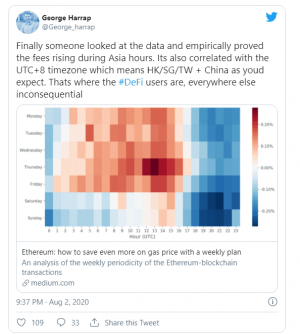
Another way to save on gas fees is to use the new blockchains that are coming out. Zilliqa is a protocol with newer tech than Ethereum. Mintable not only has an option for the Ethereum blockchain but for the Zilliqa blockchain as well. Zilliqa-run gas fees are also a lot cheaper.
The drawback to choosing non-Ethereum options in early 2021, however, is that the new protocols aren’t as widely used as Ethereum. Hence, you have fewer potential buyers for your work. You are far less likely to rake in jaw-dropping NFT sales numbers we see on daily NFT news with non-Ethereum based platforms.
You should always check out the terms of how gas fees work in your chosen marketplace if you want to make sure you know exactly how much you’re spending. For example, OpenSea charges you for gas fees once a purchase has been made. Other marketplaces will charge you right away.
2. Creating a Wallet
To open up an account on a lot of the platforms, you should use a Metamask wallet if you’re a beginner. Although there is an abundance of wallets to choose from, Metamask is the simplest way to begin minting NFTs onto any Ethereum-based platform. Quick tip.
While Metamask is an amazing application to use for several decentralized applications, leaving your earnings on Metamask isn’t the most sound idea. Although hacks are rare, it isn’t the safest wallet. Use it to create accounts on various platforms to sell NFTs, but it’s advisable to transfer your profits to a hardware wallet whenever possible. Hardware wallets are broken down to the bare essentials, making the security a monumental task to breach.
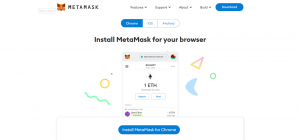
To download Metamask, click Download now from metamask.io, and it’ll direct you to the chrome web store. You’ll set your password, and a seed phrase will be generated for you. Write down this seed phrase and keep it safe. When you go into your Metamask, you’ll notice that you don’t have any Ethereum, so you have to go to your exchange, buy Ethereum, and transfer Ethereum to your Metamask Wallet.
o create NFTs, USD 250 worth of ETH should be considered if you’re looking to test out the waters. The gas prices can reach above USD 50 even during the least costly time. If you’re looking to mint a whole collection, you may want more to add more depending on your platform.
3. Creating a Collection
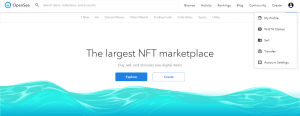
So after you set up your wallet, you can click My Profile and connect your Metamask with OpenSea. After which, you can click to create your own collection. Once there, you can choose an image for your collection and give it a name as well as a description.

Once your collection page has been set up, you can start creating items by clicking on add new item. You’ll be sent to a page where you can post your media as a new item in the collection.
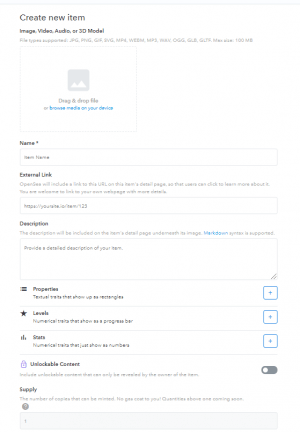
From there, you’ll be able to upload an image, video, audio, or 3D model as your NFT and name it. If you have a link that relates to the image, you can provide that source as well. This will give potential bidders a better idea of what you’re selling. You can also add a description to add that shows up when buyers are bidding for the NFT. Giving properties to NFTs creates categorical definitions of what the NFT is composed of.
For example, a Hashmask collectible will have different eye color, skin color, mask color, etc., from other Hashmask collectibles. Levels and stats will be mainly used by those who are minting collectible items with varying characteristics. For example, you can enter in the speed or power of a particular card in a card game, the numbers for those attributes, levels to show values in a progress bar, and stats to show numerical traits as numbers.
You can add unlockable content as well, making it so that the owner of the NFT unlocks something outside of the owned NFT. Lastly, you can determine the supply or the number of copies that will be minted. Users won’t get charged upfront for creating items in your collection with OpenSea. OpenSea calls this lazy minting, where the gas fees for NFTs minted will be paid later. Once a user buys the NFT, the user will also pay for the artwork and gas fees associated with it.
4. Selling to the general marketplace
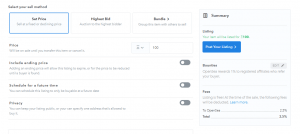
After minting your artwork, you can set the price as fixed, as an auction to the highest bidder, or as a bundle. Although Ethereum is the usual currency used to place bids, you have the option to bid for Dai or USDC. You also have the option to include the ending price, the price reduced over time as the buyer is found, scheduling for a future time so the NFT can be bought at a later date, and the privacy that has the option for one single address to buy.
And when it’s bought, OpenSea takes 2.5% of the cut. One thing to note about the advantage of tracked transactions on the blockchain is setting the royalties for artworks. They allow the owner to gain a percentage of the money every time the NFT makes a sale on the platform.
To set this up, go back to your collections. You should see your new collection and the edit button. From there, scroll down until you see the word Commission and set your rate below. You can set the royalties on OpenSea to as high as 10%. Other platforms, like Rarible, can set the royalties to as high as 30%.
5. The NFT in the Marketplace
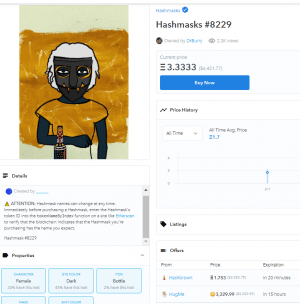
From here, we can see what a finished product looks like from a buyer’s standpoint. All the details that we saw in the creation phase are intact, like properties and price. You can even check out the price history and offers being made to this particular Hashmask. Once here, the user can choose to buy the NFT and own it to buy and sell.
Finishing Thoughts
Nowadays, it’s way easier to mint an NFT than ever before. Although you can still code and program an NFT the old-fashioned way, those without technical know-how can be a part of the beginning of a new movement in art. Whether you’re an artist, musician, or video maker, the NFT world has a space in which you can exercise the cross-section of art and cutting-edge technology.
About Cryptonews
At Cryptonews, we aim to provide a comprehensive and objective perspective on the cryptocurrency market, empowering our readers to make informed decisions in this ever-evolving landscape.
Our editorial team, comprised of more than 20 professionals in the crypto space, works diligently to uphold the highest standards of journalism and ethics. We follow strict editorial guidelines to ensure the integrity and credibility of our content.
Whether you’re seeking breaking news, expert opinions, educational resources, or market insights, Cryptonews.com is your go-to destination for all things crypto since 2017.
